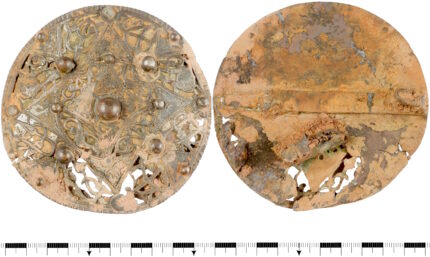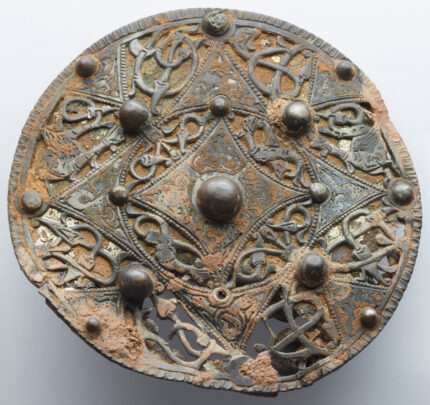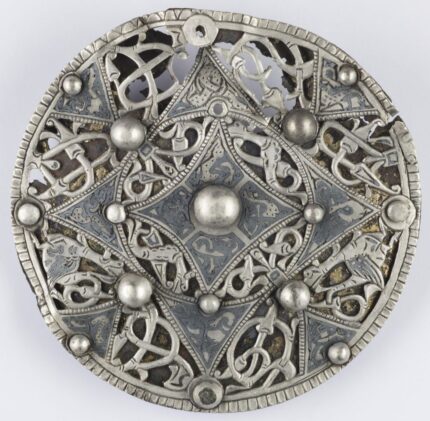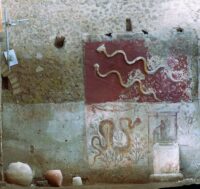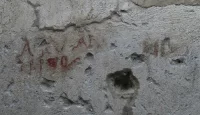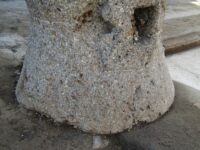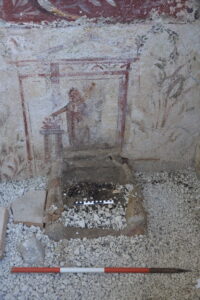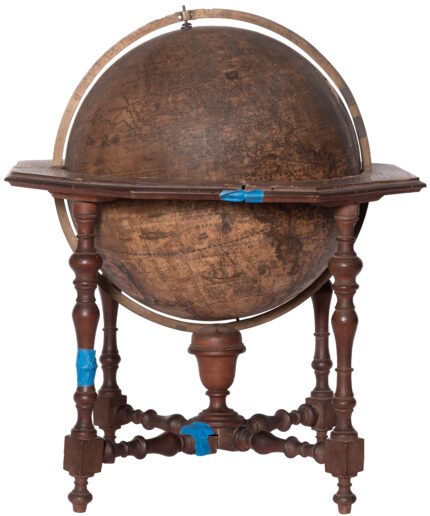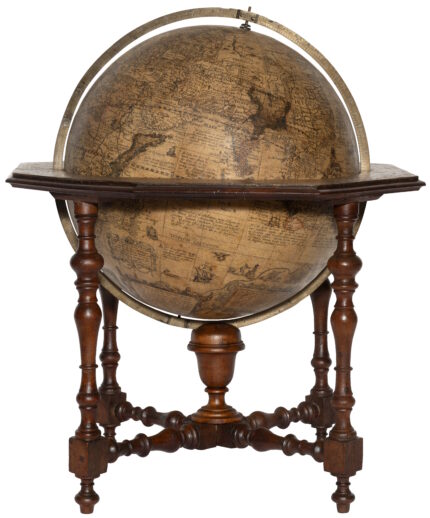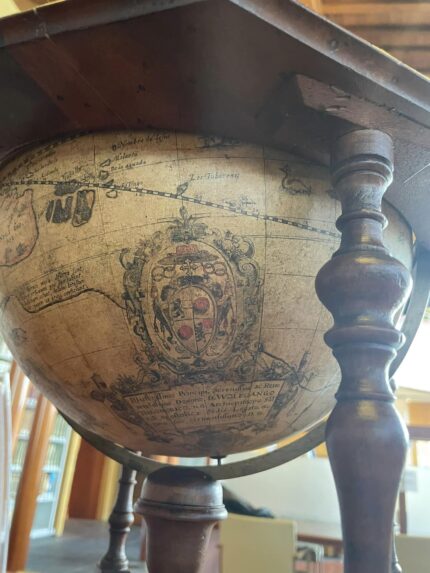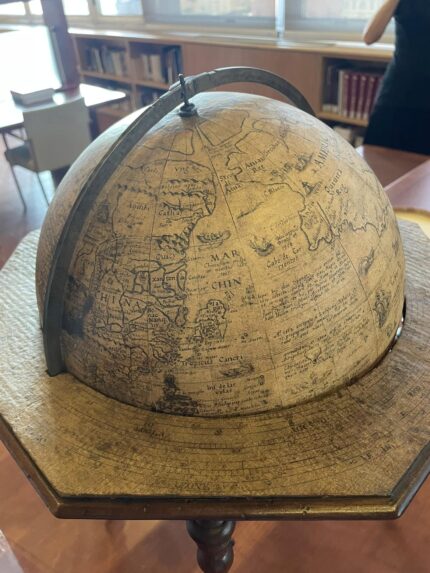 A vividly painted tomb dating to the 4th century B.C. has been unearthed in an ancient necropolis in Pontecagnano, near Salerno in the Campania region of southwest Italy. The Pontecagnano necropolis is enormous. Excavations have yielded more than 10,000 graves from the Iron Age through the late Roman Imperial period, but this is one of only four painted ones. Its architectural style makes it unique among the four.
A vividly painted tomb dating to the 4th century B.C. has been unearthed in an ancient necropolis in Pontecagnano, near Salerno in the Campania region of southwest Italy. The Pontecagnano necropolis is enormous. Excavations have yielded more than 10,000 graves from the Iron Age through the late Roman Imperial period, but this is one of only four painted ones. Its architectural style makes it unique among the four.
The tomb was discovered this summer in an area of recent urban development. It is made of heavy travertine blocks with a double-sloped pitched roof. The interior was accessed through a steep staircase cut into an embankment of travertine. The entrance is closed with a travertine door.
 The back wall of the tomb is painted with a scene of a returning warrior. Riding a galloping white steed, the warrior carries a spear and wears a shiny gold helmet. He is followed by an attendant on foot. The side walls are decorated with pomegranates and swags. Even the access door to the tomb is painted in a vivid harlequin pattern.
The back wall of the tomb is painted with a scene of a returning warrior. Riding a galloping white steed, the warrior carries a spear and wears a shiny gold helmet. He is followed by an attendant on foot. The side walls are decorated with pomegranates and swags. Even the access door to the tomb is painted in a vivid harlequin pattern.
No grave goods were found in the tomb, but there are fragments of a gold leaf crown that the deceased was wearing when he was interred. The preliminary dating of the tomb to the 4th century B.C. is based on comparisons between the iconography of this tomb with that in other tombs of Italian elites from the period.
 Founded by Etruscans in the 9th century B.C., Pontecagnano was the southernmost Etruscan settlement in Italy. It was wealthy from the beginning, prospering from established Etruscan trade contacts with Sardegna, Sicily, Greece, Egypt and the Middle East. It had a diverse population of people from different parts of Italy, as evidenced in tombs from the 8th and 7th centuries B.C. that contain pottery from their locations of origin.
Founded by Etruscans in the 9th century B.C., Pontecagnano was the southernmost Etruscan settlement in Italy. It was wealthy from the beginning, prospering from established Etruscan trade contacts with Sardegna, Sicily, Greece, Egypt and the Middle East. It had a diverse population of people from different parts of Italy, as evidenced in tombs from the 8th and 7th centuries B.C. that contain pottery from their locations of origin.
In the 5th century B.C., numerous tombs containing weapons and armor appear in the necropoli of Pontecagnano. They attest to an influx of warriors of Italic origin who were employed as mercenaries. The same type of burials from this period are also found in the nearby Greek colony of Paestum. We know they were mercenaries  rather than invaders because they were elites with plenty of money to spend, but they didn’t overthrow the existing power structure and culture. Etruscan religious sanctuaries, residential structures and language still dominated.
rather than invaders because they were elites with plenty of money to spend, but they didn’t overthrow the existing power structure and culture. Etruscan religious sanctuaries, residential structures and language still dominated.
The Etruscan era ended in the 3rd century B.C. with the advent of Roman power. In 268 B.C., the Roman Republic established a new city at the site, Picentia, to house the Piceni people they deported from northeastern Italy after a failed revolt.
